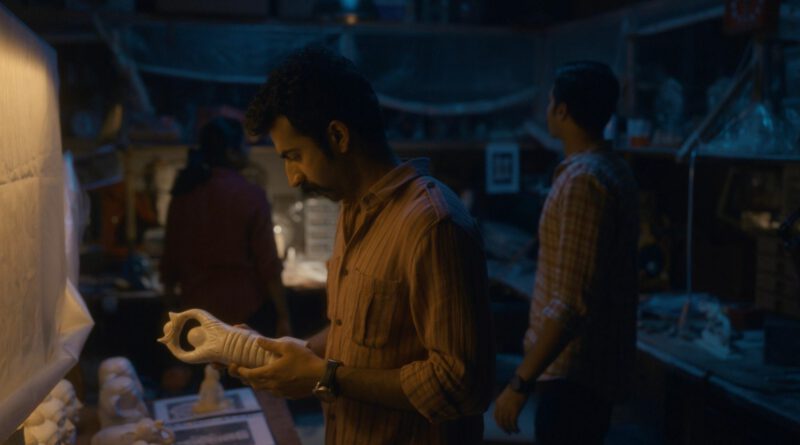Prime Video’s ‘Poacher’ takes a deep dive into the ivory trade in India
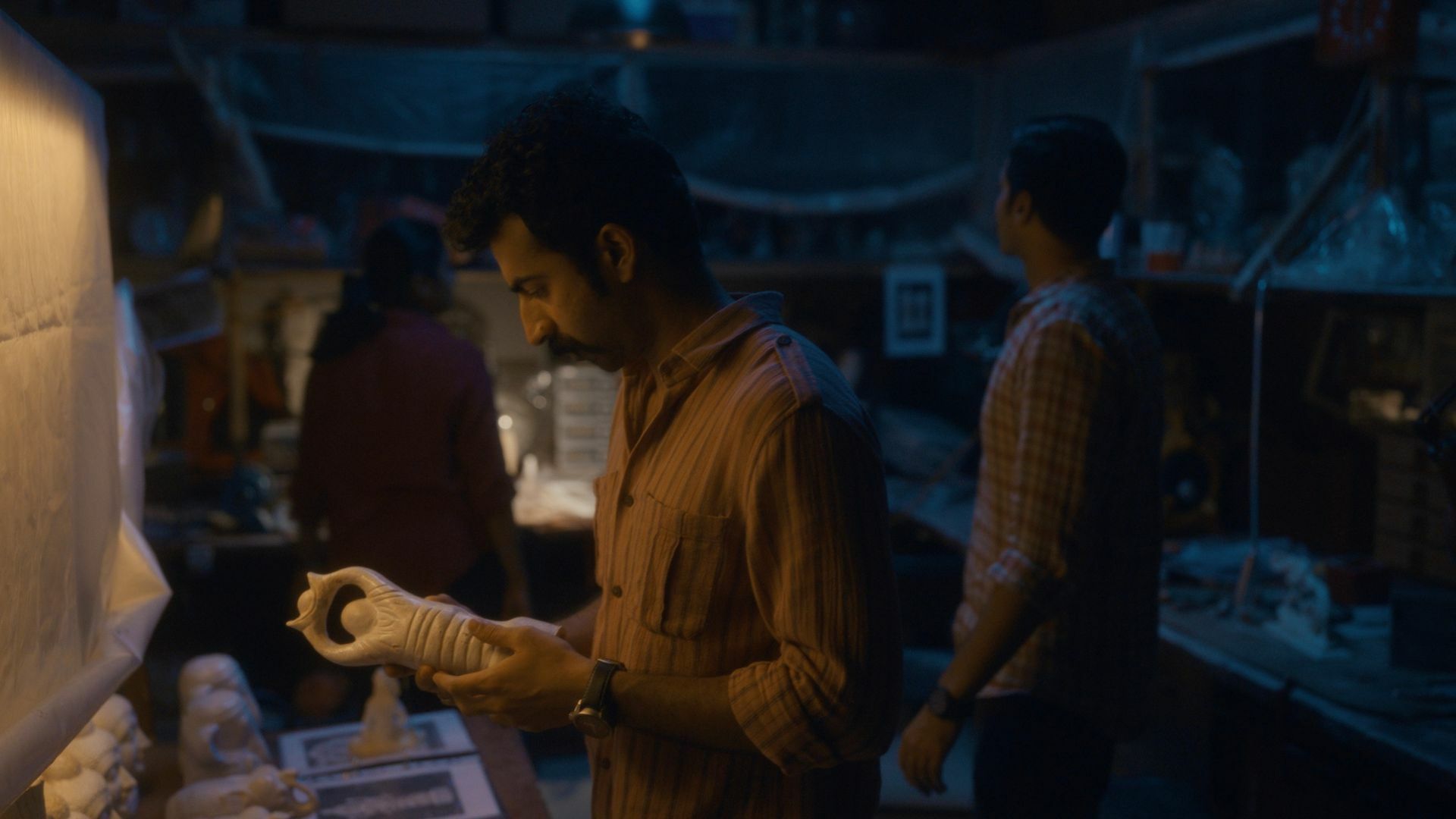
Prime Video‘s Poacher opens with a somber, CGI view of an elephant: the endangered animal that is the beating heart of the TV series, which delves into the largest unearthed case of illegal elephant poaching within India.
The fictionalized crime show, which premiered at Sundance Film Festival last year and has now hit streaming, is the latest in India’s impressive roster within the genre. Drawing from the true story of the largest ivory poaching ring in Indian history, Poacher takes a human approach to the tale, beginning with its origin in 2015, when 62-year-old Kunjumon Devasey turned himself into his local Indian Forest Service division office in Kerala, a state bordered by vast lagoons and mountain ranges. There, he admitted to being involved in a poaching ring which had killed 20 elephants in the state.
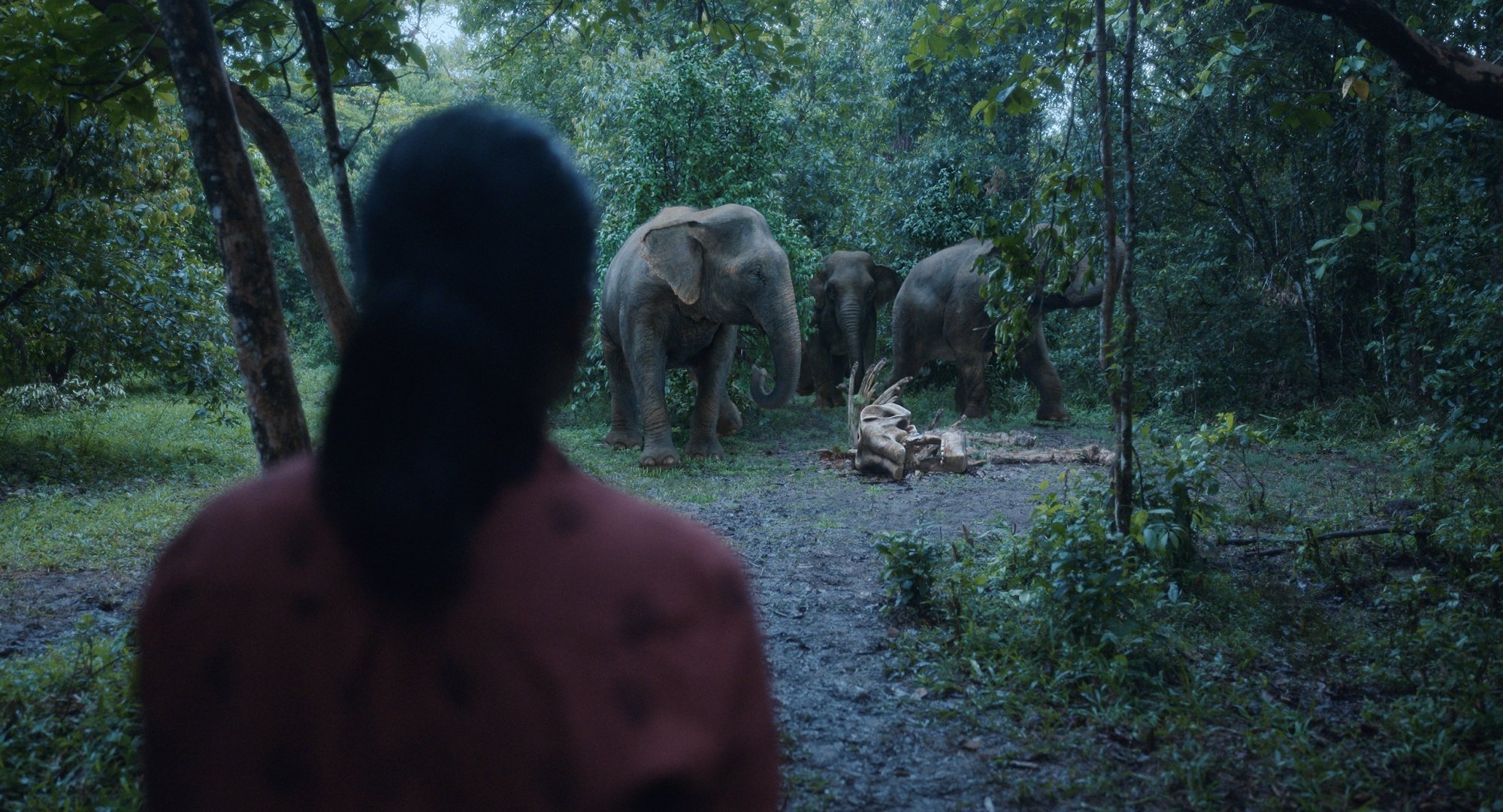
Devasey’s confession spurred an investigation into the extensive operation, leading forest officers, conservationists, and other authorities to find and dismantle a group of hunters, carriers, and buyers. This is the tale Poacher tells, helmed by director Richie Mehta and produced by QC Entertainment alongside Bollywood superstar Alia Bhatt. The series, told in eight parts, stars Nimisha Sajayan, Roshan Mathew, and Dibyendu Bhattacharya, and oscillates between between Hindi, Malayalam, and English.
Mehta, a Canadian-Indian filmmaker who won an Emmy for the acclaimed Netflix series Delhi Crime, had a clear vision for the project. In an interview with Mashable, Mehta explains that his pitch for Poacher was “Delhi Crime meets Planet Earth.”
“I think everyone in the world can agree, nobody wants to see an elephant get assassinated,” Mehta says. “And nobody wants to see the species exterminated. [But] nobody wants to really engage with the idea as well, because it’s so unpleasant to think about. I felt this was a way to use the apparatus of dramatic storytelling — which had never been done as far as I could see and at the level we were trying to do — and use it for this type of conservation story.”
The stories within Poacher draw from interviews Mehta conducted over multiple years, in tandem with a whole lot of court documents and witness statements. The director describes many of these people he met along the way as “modern day heroes”, who he translated into characters onscreen by a process that took “a lot of labor and patience.”
“All the characters in the series are inspired by real people, people I’ve got to know really well,” Mehta says. “Every few months, I would take the information, go back home and then just disseminate everything sorted through all my notes and start to put together a timeline of events around this particular incident this crime and the solving of it.”
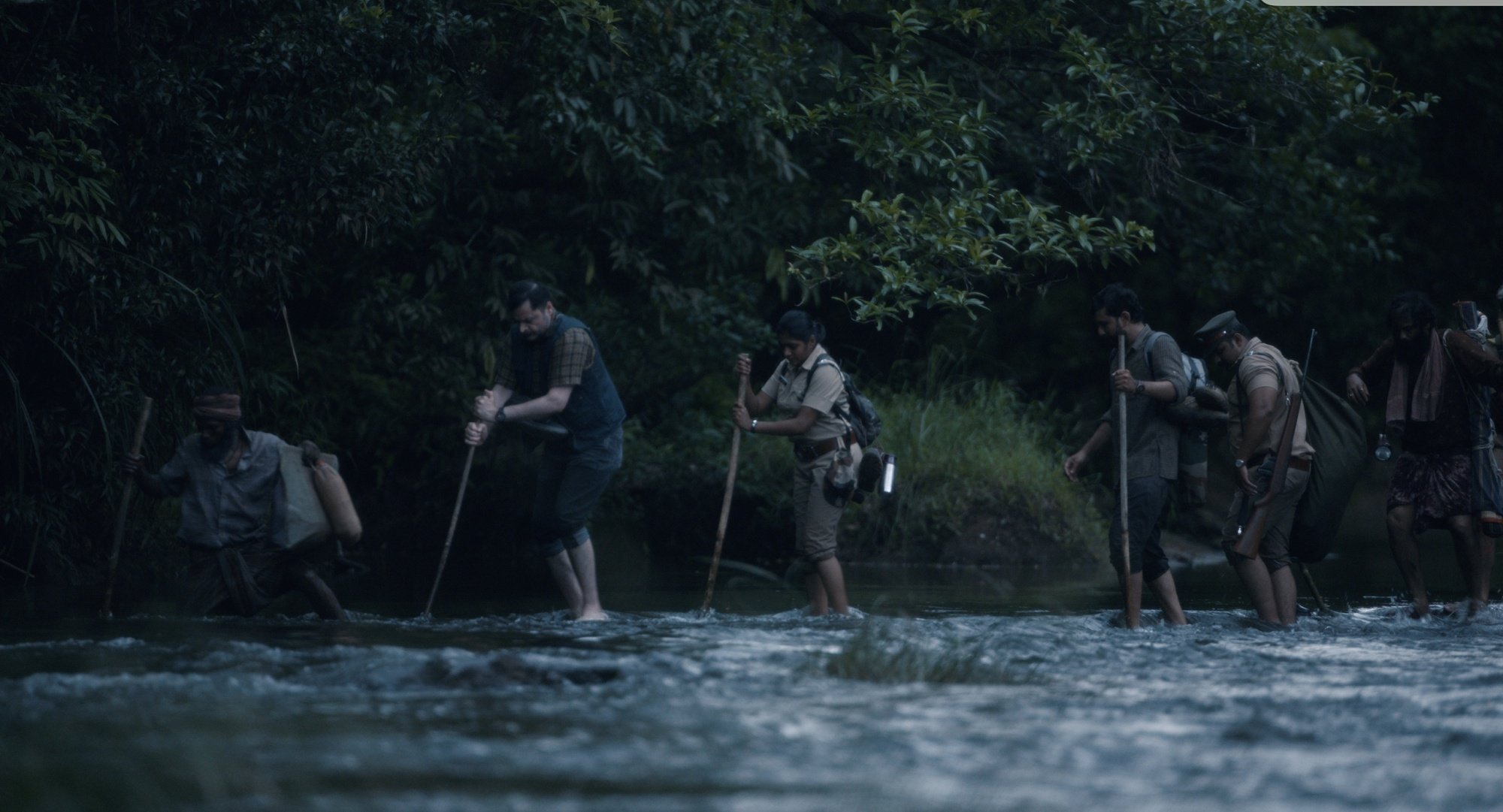
A significant part of Mehta’s storytelling is the educational premise. Mehta worked with Amazon to make the ultimate use of Prime’s X-Ray feature, a sidebar on the streaming platform which details actors, behind-the-scenes facts, and other bits of information. The result is annotations on every animal featured in Poacher — including Asian elephants, leopards, Malabar hornbills, ants, and leeches — alerting viewers to statistics on wildlife numbers to annotations to fun facts.
“I just felt it could be a really interesting additive experience. What is their contribution to the ecosystem to our lives, as human beings even? And what are the threats [to their species]? What do they do? I just thought it could be, especially for young people, a really interesting way to get them to learn about these things,” he says.
Mehta emphasized the importance of empathy in the making of this series, an emotion that underscores both the show’s tone and makes itself known in the writing of the characters. Ivory poaching in India, he explains, is a symptom of a multifaceted problem, and largely fuelled by financial incentive.
“I think it’s very easy for us to tell children’s stories of what is right and what’s wrong. What is more important to tell are those stories, but along the way, the challenges people face. They are challenges that we would all face if we were in that circumstance,” he says, speaking to so many of the characters he drew up and those he met: the conservationists who risk their lives, the poachers whose morality is interrogated, and even those in his previous work Delhi Crime.
“It’s very important to empathise with all sides of it. If we’re going to try and address these issues to stop happening, you have to address the problem,” he says. “You won’t have people going into the jungle and shooting animals if they don’t have financial incentive. It’s that simple.”
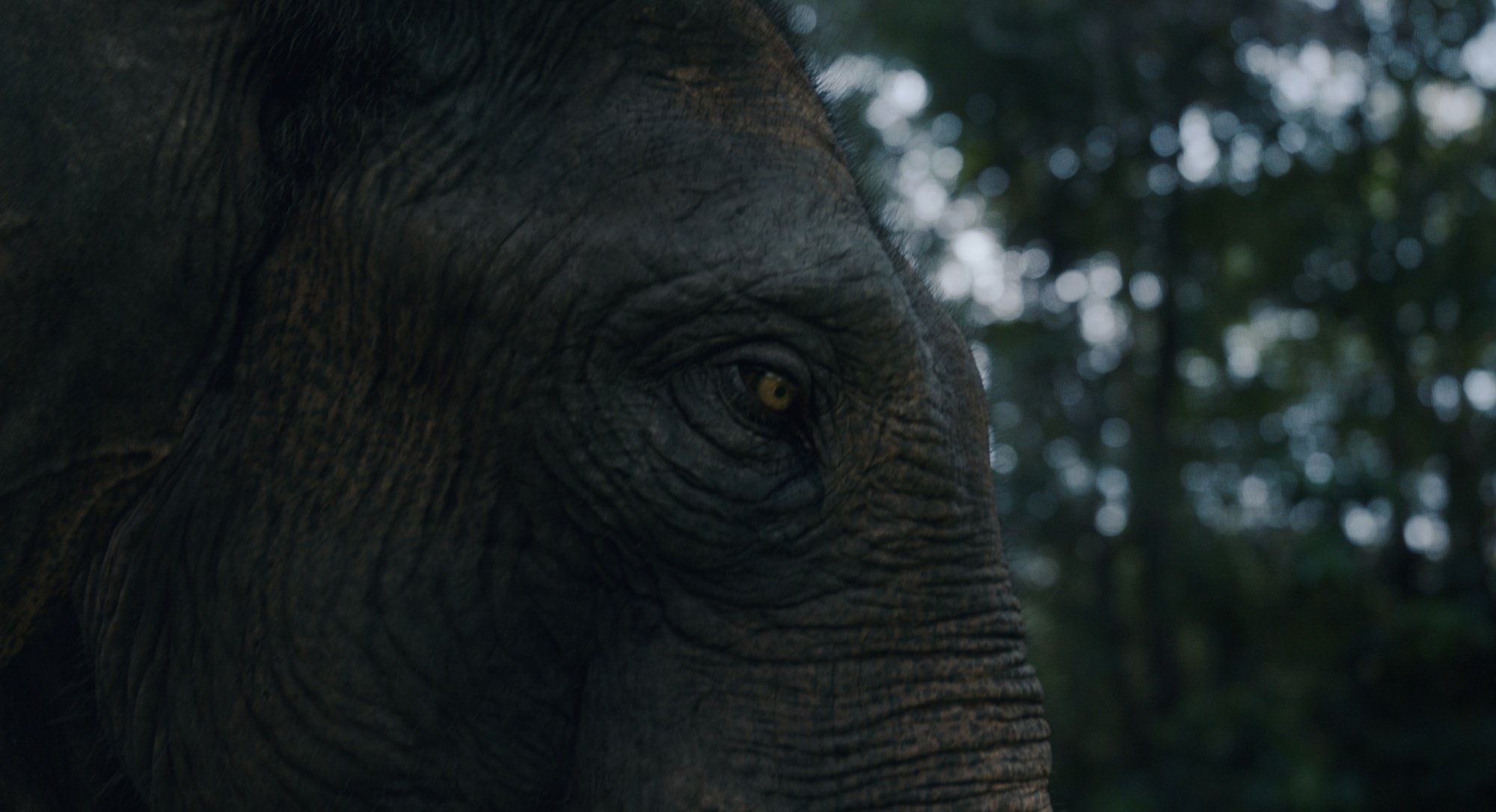
“The fact is the species that are the most coveted right now will go extinct soon if drastic action is not taken.”
Elephant poaching is by no means an abandoned practice in India, or globally for that matter. While it was a more widespread issue in the ’70s and ’80s, the country still holds a robust ivory trade, with over 90 reported instances of elephant poaching over the last three years. In the making of the series, the director found that the problem is still “widespread.” Conservationists like the ones depicted in Poacher have dedicated their lives to protecting elephants through programs and campaigns — and with 21 animal species declared officially extinct last year, due to habitat destruction, climate change, exploitation, and other factors, there’s still much work to be done.
“The fact is,” Mehta says, “the species that are the most coveted right now will go extinct soon if drastic action is not taken. For me, drastic action begins with at least audience empathy.”
